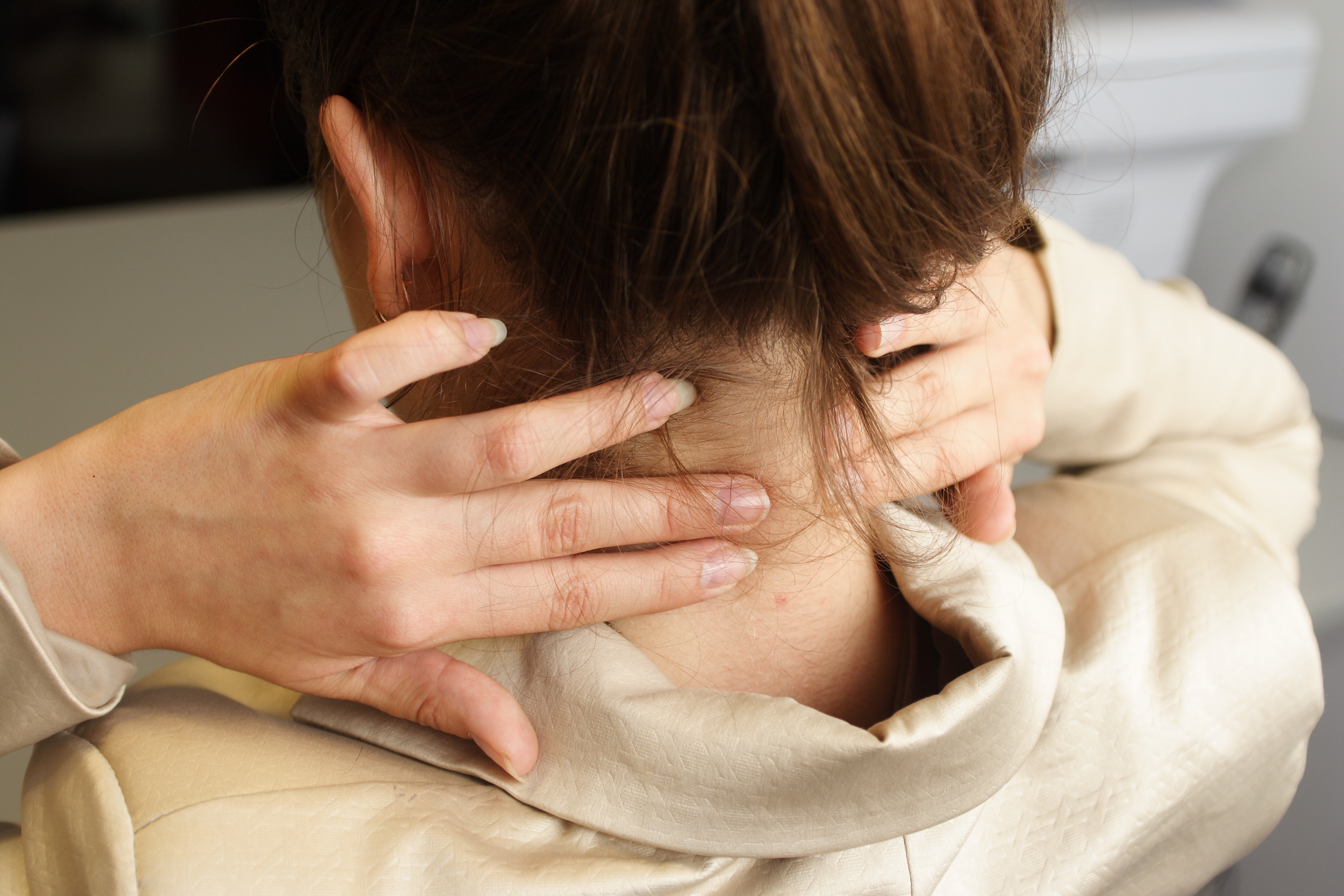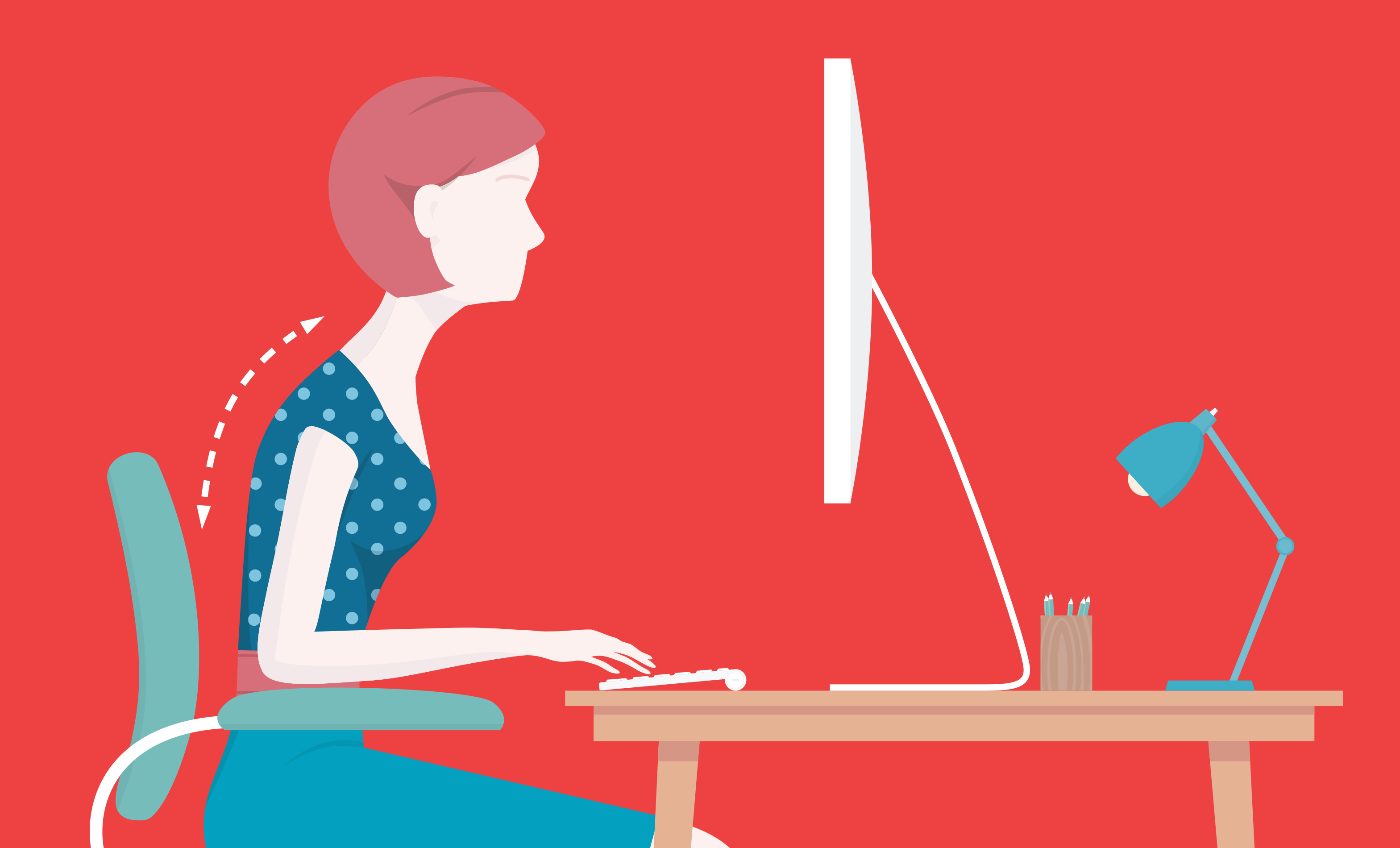Causes of Headaches And How To Avoid Them
Within the last year, headaches have affected almost half of all adults worldwide, according to the World Health Organization. There are around seventeen different types, and although they are all different, they all cause pain. The three main types of headaches are primary, secondary, and cranial neuralgias, facial pain or other. Symptoms may include squeezing, throbbing, and constant or intermittent pain of the face, forehead, skull, neck or the entire head. Here are some possible causes and prevention techniques.
Primary Headache Main Causes

Symptoms categorize headaches. An underlying disease does not usually cause primary headaches. Instead, they are caused by overstimulation of the structure in the head responsible for reacting to pain. They occur when there is chemical activity in the brain, blood vessels, or nerves surrounding the skull. Even the muscles in the head and neck may cause a primary headache. Individual genetics also make a person more likely to develop primary headaches. The most common types are cluster, migraines, and tension headaches.
Various Other Primary Headaches Causes

Chronic daily headaches are the main symptom of a primary headache. Head pain may occur while coughing, exercising, or during sex. These conditions may be triggered by certain lifestyle factors such as stress, skipping meals, eating too much at meals, poor posture, eating the wrong foods such as processed meats containing nitrates, lack of sleep, changes in sleep patterns, and alcohol, especially red wine. Targeting which environmental factors cause head pain is an easy way to treat headaches.
Secondary Headache Causes

Secondary headaches may vary in severity more than primary headaches because they are typically due to a symptom of an underlying disease that may activate pain-sensitive nerves in the head. Common causes of secondary headaches include a sinus infection, blood clot, brain aneurysm or tumor, arterial tear, dehydration, dental problem, ear infection, concussion, glaucoma, hangover, hypertension, meningitis, influenza, brain inflammation or inflammation in the lining of the arteries, overuse of pain medications, stroke, panic disorder or panic attack, and increased pressure in the skull, known as idiopathic intracranial hypertension.
Types Of Secondary Headaches

The six main types of secondary headaches are external compression headaches, which occur as a result of pressure such as from tight motorcycle riding headgear, ice cream headaches or brain freeze, sinus headaches caused by congestion and inflammation in sinus cavities, rebound headaches caused by taking too many painkillers, spinal headaches caused by low levels of cerebrospinal fluid due to a spinal tap or leak, and sudden and severe thunderclap headaches with multiple causes.
Tension Headaches

Tension headaches are the most common type of a headache. They are caused by contraction of the muscles covering the skull. These contractions occur when the muscles covering the skull become stressed, resulting in inflammation and painful spasms. Tension headaches may also be caused by physical stressors on the body, including prolonged and difficult manual labor or sitting at a computer desk for extended periods of time. Emotional stress may cause tightening of the muscles surrounding the skull, which can contribute to a tension headache.
Treatments

The type of treatment recommended may depend on the kind of headache. General treatment methods may include taking over-the-counter pain medications including aspirin, ibuprofen, and acetaminophen. Other techniques that may help include resting in a cool and dark room, hot or cold presses to the head and neck, massage, and small amounts of caffeine. Some headaches may go away with exercise, meditation or other mind-body techniques. Closing the eyes for a few minutes and relaxing the muscles in the head may help.
Natural Treatments

Natural remedies are a good way to reduce long-term headache pain without the side effects of over-the-counter medications. Feverfew and butterbur are herbs that have been shown to reduce headaches by easing tension in the body. According to researchers at the School of Postgraduate Medicine and Health Science in the United Kingdom, feverfew is a safe and efficient remedy for headaches. Butterbur is a herb with anti-inflammatory effects. One study found that patients who took seventy-five milligrams of butterbur twice a day for four months were able to reduce their migraine attack frequency by forty-eight percent.
Diet And Hydration

Essential Oils

Certain essential oils have calming effects that are ideal for reducing headaches. Peppermint has a lasting cooling sensation on the skin, which has been shown to increase blood flow to the forehead and soothe muscle contractions. According to one study, peppermint essential oil combined with ethanol reduced sensitivities to headaches. Lavender oil may also be used to treat migraines. A 2012 study showed that inhaling lavender essential oil for fifteen minutes helped reduce headaches in 92 out of 129 participants.
Improve Posture

Improving posture is one of the best methods for reducing head pain because it is free and does not require much effort. Research shows that chiropractic care may even be able to reduce oxidative stress in the body similar to an antioxidant, which helps reduce pain and inflammation. One study showed that patients with headaches who received chiropractic manipulation saw a ninety percent decrease in symptoms while forty-nine percent reported that the intensity of a headache dropped after adjustments. If chiropractic manipulation is not possible, work on improving posture by sitting up straight when sitting in chairs and avoid slouching.
